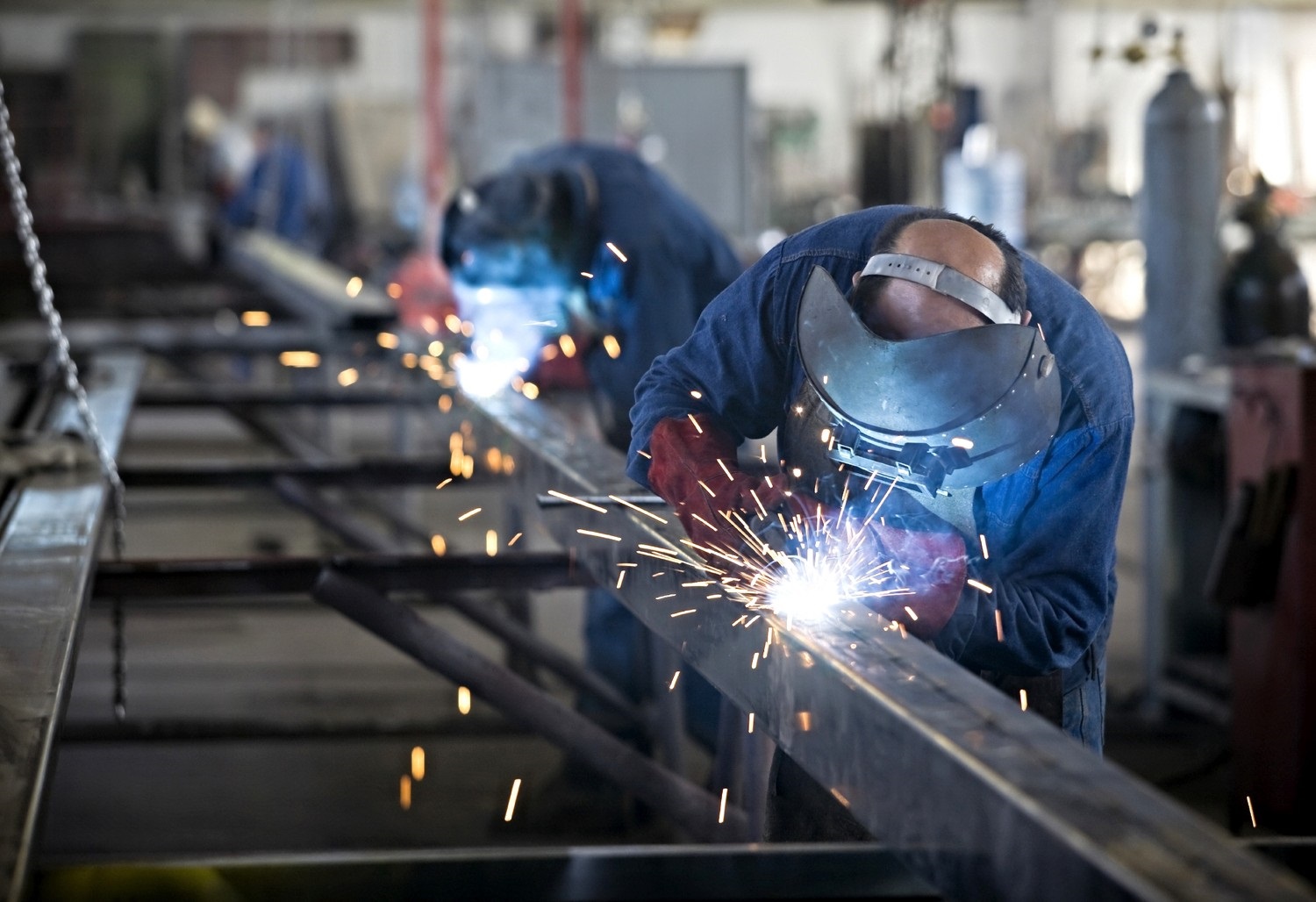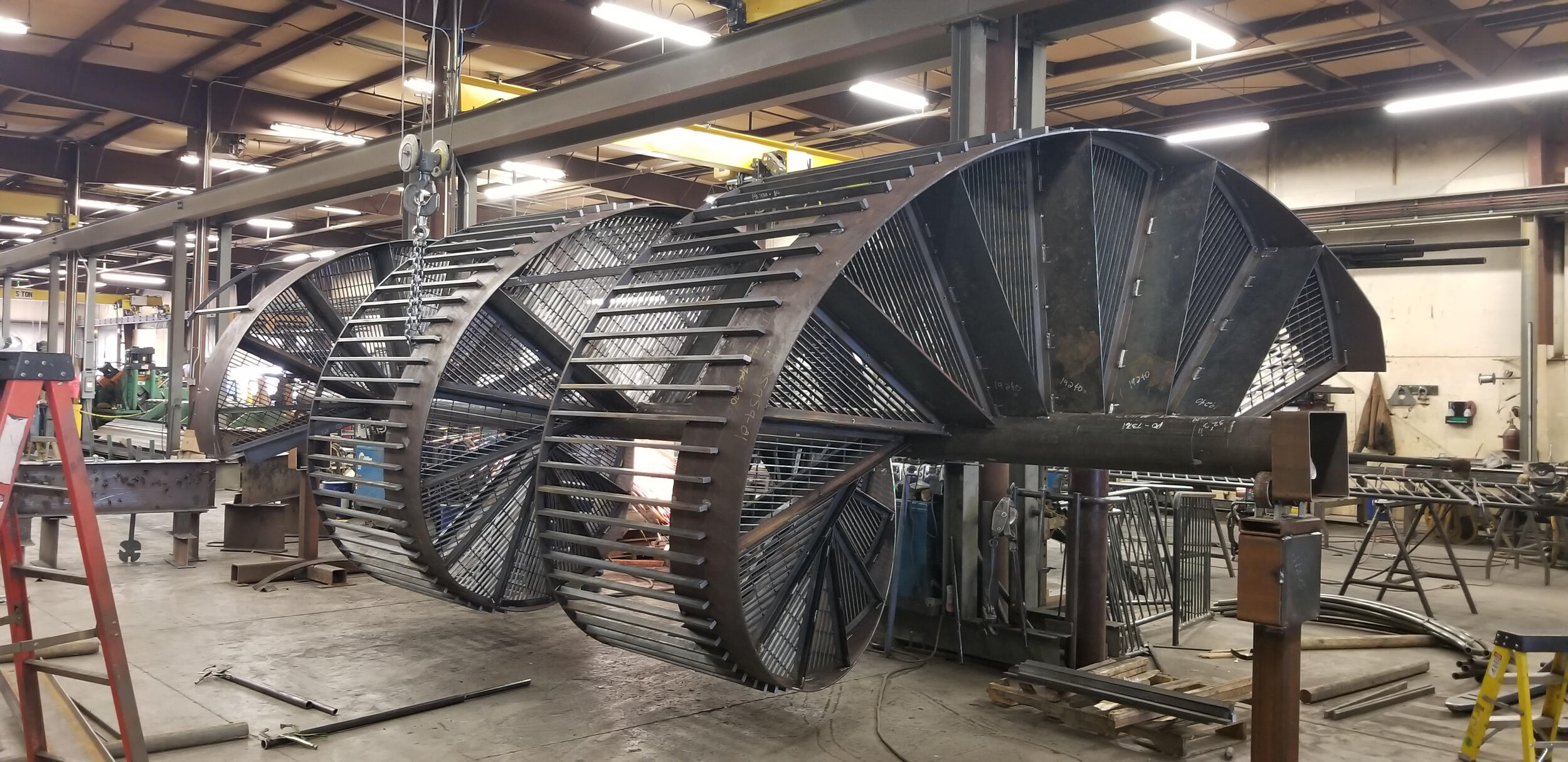Why Alpha Reo Is the Leading Choice for Steel Support
Wiki Article
Comprehensive Evaluation of Cutting-Edge Techniques in Steel Construction Industry
As the steel construction market remains to progress, the assimilation of innovative techniques has actually come to be important for remaining competitive and satisfying the needs of modern-day manufacturing requirements. From laser reducing innovations to the application of robotics and 3D printing in steel manufacturing, the landscape of manufacture methods is swiftly altering. With each technology bringing its own collection of difficulties and advantages, a detailed analysis of these strategies is paramount for companies aiming to simplify their processes, improve accuracy, and eventually, raise the top quality of their steel fabrication output. In this dynamic market where innovation plays an essential role, recognizing the nuances of these sophisticated techniques is not just an option however a requirement for those seeking to forge ahead in the ever-evolving world of steel construction.Laser Cutting Developments
In the realm of steel manufacture, laser cutting improvements have actually transformed the precision and performance of metal shaping procedures. By using the power of concentrated laser beam of lights, manufacturers can currently accomplish exceptional degrees of accuracy when cutting with numerous sorts of steels. This technology allows intricate designs to be performed with minimal material wastage, making it a cost-effective solution for sectors needing high accuracy parts.Among the crucial advantages of laser cutting is its capability to handle a wide variety of products, including stainless-steel, light weight aluminum, and carbon steel, effortlessly. The procedure produces tidy, burr-free edges, removing the requirement for added completing actions. In addition, the non-contact nature of laser cutting reduces the danger of product contamination, causing better output.
In addition, laser cutting machines can be set to make swift, specific cuts, significantly reducing manufacturing time compared to traditional cutting approaches. This rate and precision make laser reducing particularly appropriate for automation atmospheres where efficiency is extremely important. As innovation remains to breakthrough, laser cutting is poised to play an increasingly essential duty in the steel manufacture industry.

CNC Machining Innovations
The advancement of CNC machining technologies has actually introduced a new age of precision and effectiveness in the steel fabrication industry. Computer System Numerical Control (CNC) machines have actually revolutionized steel construction by using unrivaled accuracy and repeatability in the manufacturing procedure. steel fixing. Among the crucial developments in CNC machining is the integration of sophisticated software program systems that allow real-time monitoring and modifications, leading to improved efficiency and quality assuranceMoreover, the growth of multi-axis CNC equipments has permitted the fabrication of intricate steel parts with complex layouts that were previously testing to produce. These devices can execute a variety of machining procedures, consisting of milling, boring, turning, and grinding, all with high levels of accuracy.
In addition, the consolidation of automation and robotics in CNC machining has streamlined manufacturing processes, minimized preparations, and minimized the margin of error. This integration of innovative technologies not just enhances efficiency but likewise makes sure regular quality across all produced steel parts. To conclude, CNC machining technologies remain to drive developments in the steel construction industry, setting new requirements for accuracy and productivity.
Automated Welding Technologies
Automated welding modern technologies have revolutionized the steel construction sector, improving efficiency and accuracy in the welding process. These innovative innovations utilize computer-controlled systems to automate the welding process, causing higher productivity degrees and improved weld high quality. Among the crucial advantages of automated welding is the ability to perform complex welds with consistent accuracy, lowering the chance of mistakes and rework.Robotic welding systems are at the forefront of automated welding technologies, supplying unparalleled rate and accuracy. These systems can take care of a variety of welding tasks, from easy to detailed, with convenience (Alpha reo). By using advanced sensors and software application, robotic welders can adapt to variations in product and joint geometry, ensuring an uniform and reliable weld
Moreover, automated welding innovations boost workplace security by reducing the exposure of human welders to harmful fumes and intense heat. As the steel construction market remains to progress, incorporating automated welding modern technologies will Alpha reo certainly be necessary for business aiming to remain affordable and satisfy the growing demands for high-quality welded products.
Robotics Integration in Fabrication
Utilizing robotic systems in manufacture procedures has actually come to be a crucial approach for enhancing effectiveness and precision in modern-day production settings. Robotics assimilation in steel fabrication offers a myriad of advantages, consisting of increased efficiency, enhanced top quality control, and enhanced precaution. These sophisticated robot systems are outfitted with sophisticated sensors and programs capacities, allowing them to execute complex tasks with a high level of accuracy and repeatability.Among the key benefits of robotics assimilation in steel manufacture is the capability to automate recurring jobs, such as product handling, reducing, welding, and assembly procedures. This not only accelerates manufacturing cycles however additionally lowers the danger of human mistake, bring about higher total item high quality. Additionally, robots can run 24/7, significantly improving production result and conference tight project deadlines.

3D Printing in Steel Manufacturing
Having reinvented the steel fabrication industry via robotics integration, the burgeoning expedition of 3D printing in steel manufacturing is poised to more advance the world of contemporary production strategies. 3D printing, also referred to as additive production, offers extraordinary layout liberty and intricacy, making it possible for the creation of detailed steel frameworks that were previously unattainable with traditional manufacturing methods. By using computer-aided layout (CAD) software application, manufacturers can specifically control the layer-by-layer deposition of steel product, leading to get rid of improved performances and geometries.One of the key advantages of 3D printing in steel production is its ability to reduce product waste significantly. Unlike subtractive production processes where excess product is cut away, 3D printing just makes use of the required quantity of steel required for the final component. This performance not only results in cost savings however likewise aligns with lasting manufacturing techniques by minimizing environmental impact.
In addition, 3D printing allows quick prototyping and personalization, enabling the production of little sets of complex steel elements with brief lead times. As the technology remains to develop and come to be much more accessible, its combination into mainstream steel fabrication procedures is anticipated to drive advancement and efficiency across the market.
Conclusion
To conclude, the steel construction sector has seen significant innovations in strategies such as laser cutting, CNC machining, automated welding, robotics combination, and 3D printing. These cutting-edge modern technologies have changed the method steel products are made, leading to increased accuracy, effectiveness, and cost-effectiveness. Proceeded investment in these innovative methods is vital for the industry to stay competitive and fulfill the demands of contemporary manufacturing processes.As the steel manufacture market continues to advance, the assimilation of advanced strategies has ended up being crucial for staying affordable and satisfying the demands of modern manufacturing standards.One of the vital advantages of laser cutting is its ability to take care of a wide range of products, consisting of stainless steel, aluminum, and carbon steel, with ease.Automated welding innovations have actually changed the steel construction sector, enhancing effectiveness and precision in the welding procedure.Having reinvented the steel fabrication market via robotics combination, the expanding expedition of 3D printing in steel production is poised to additional development the realm of modern-day production strategies.In final thought, the steel fabrication industry has seen substantial advancements in methods such as laser cutting, CNC machining, automated welding, robotics integration, and 3D printing.
Report this wiki page